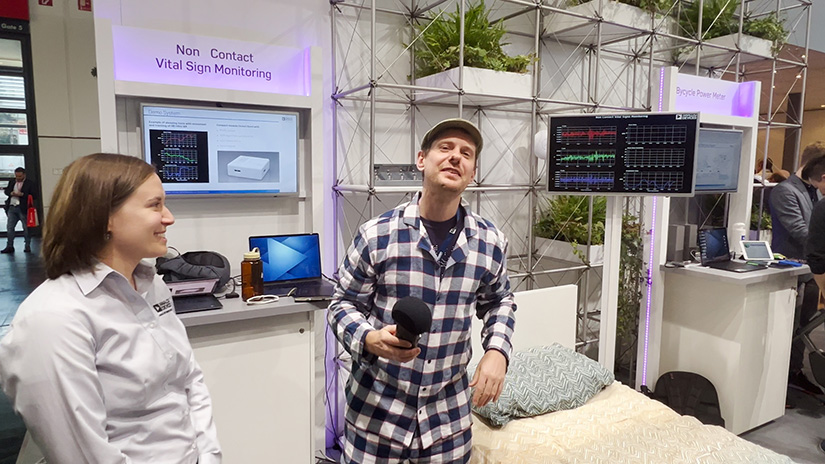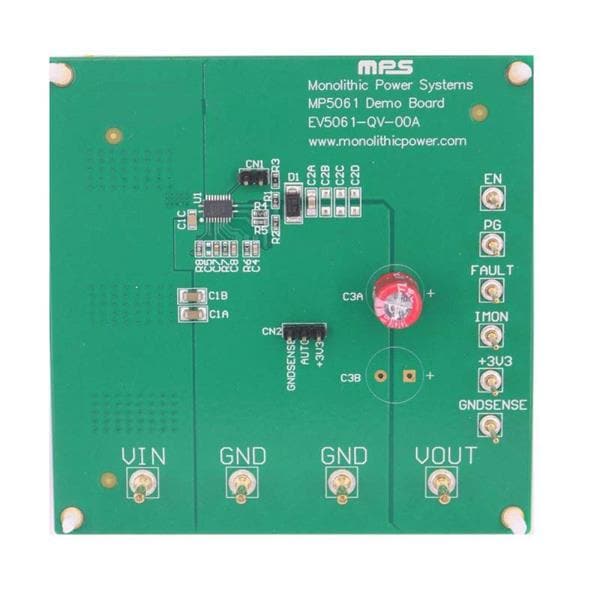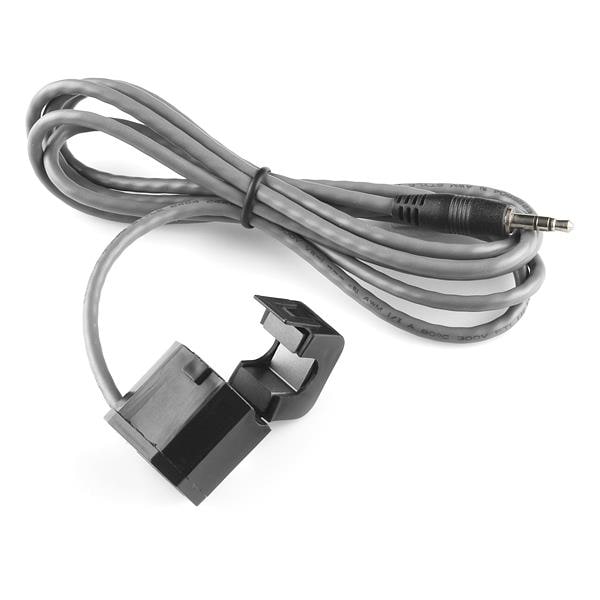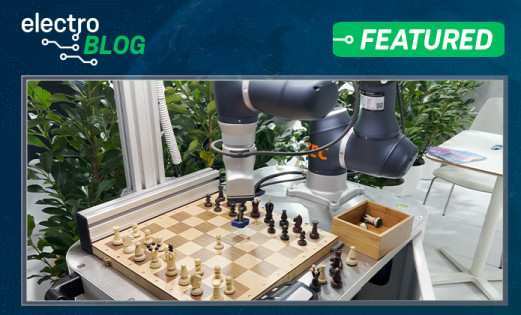Electronica 2022: Non-Invasive Medical Monitoring with Analog Devices
Non-invasive healthcare monitoring is a big theme in modern smart medical device development. Alongside adding connectivity and edge processing to already existing medical equipment, advances in low-power precision sensing allow for new approaches to medical monitoring.
At the Analog Devices stand, two demos caught our eye. That, and the amazing pajamas they let us borrow for the demonstration!

The first is a research project using an ADXL355 MEMS accelerometer that tracks breathing patterns and heart rate of a sleeping subject, with a simple, self contained unit placed under a mattress topper. The other is a development kit for vital sign monitoring that allows developers to quickly iterate over new forms of wearable monitoring designs.
We were lucky enough to talk to folks from both project teams.
Non-Contact Vital Sign Monitoring with the ADXL355
The first thing we saw on approaching the stand was a bed - an odd sight in a large and busy conference hall but a welcome one. It turns out this was a demo for a new type of non-invasive monitoring system for tracking breathing, heart rate, and heart rate variability (HRV).
We spoke with Kate Fischl, Principal Research Scientist at Analog Garage, about the project.
While it was very difficult to lie still and simulate sleeping on a busy conference floor with an audience (though the pajamas did help), the demo was really impressive. During the demo, they were able to get heart rate readings and determine HRV, an important metric that can help determine a variety of potential health problems.
The core challenge of the research project is taking data from the ADXL355 accelerometer, which is a highly precise and low-noise MEMs device, and extrapolating the important signifiers of a sleeping occupant.
It's worth stressing that there wasn't any crazy hardware going on in the bed. The accelerometer is housed in a 3d printed case, and placed between a regular mattress and a topper. The magic, as is so often the case, is in the algorithm Kate and others in the Analog Garage research team have been perfecting.
While the research is still bleeding edge and not ready for public use, the ADXL355 is available in package and in evaluation form factors from Analog Devices.
Health Sensor Platform 4.0: Robust Ready-To-Go Reference for Vital-Sign Monitoring
Just across the booth, we saw a demo of the Health Sensor Platform 4.0. As the name suggests, this is the fourth iteration of open source development kits aimed at those wanting to create custom vital sign monitoring devices. A small box designed to attach to the skin encloses a PCB, battery, and sensors, with further skin patch sensors that connect via a single USB Type-C cable.
We chatted with Andrew Burt, (who I embarrassingly called David during this introduction, sorry Andrew), Analog Devices Director of Product Line Management, about the Health Sensor Platform 4.0:
While the demo shows what is achievable with the development kit straight out of the box, the reference design is just one of many potential configurations. Without even changing any parts from the kit, it would be equally configurable as a real-time monitor using Bluetooth Low Energy (BLE) to transfer data to a local computer or device, or a standalone device gathering data onto the onboard flash for later analysis.
As a runner, I've spent a fair amount of time talking with people about the accuracy of wrist-mounted fitness watches, and as a hobby developer, I've always been somewhat disappointed at the limitations of the closed systems these devices operate in. Packing so much high-accuracy sensing into such a robust reference design is great for both industry and hobby developers alike.
The Health Sensor Platform 4.0 is brand new, and at the time of writing only the previous generation information page is available, though I will update this article with a link to information and purchase details about the Health Sensor Platform 4.0 when I get it!






























Leave your feedback...